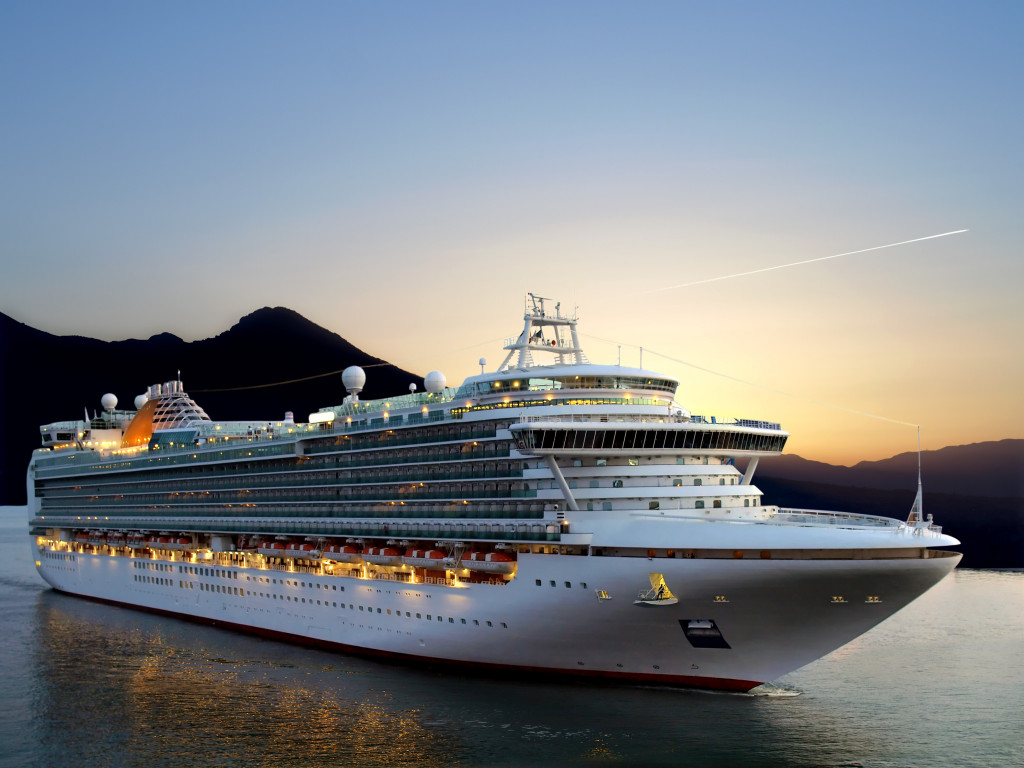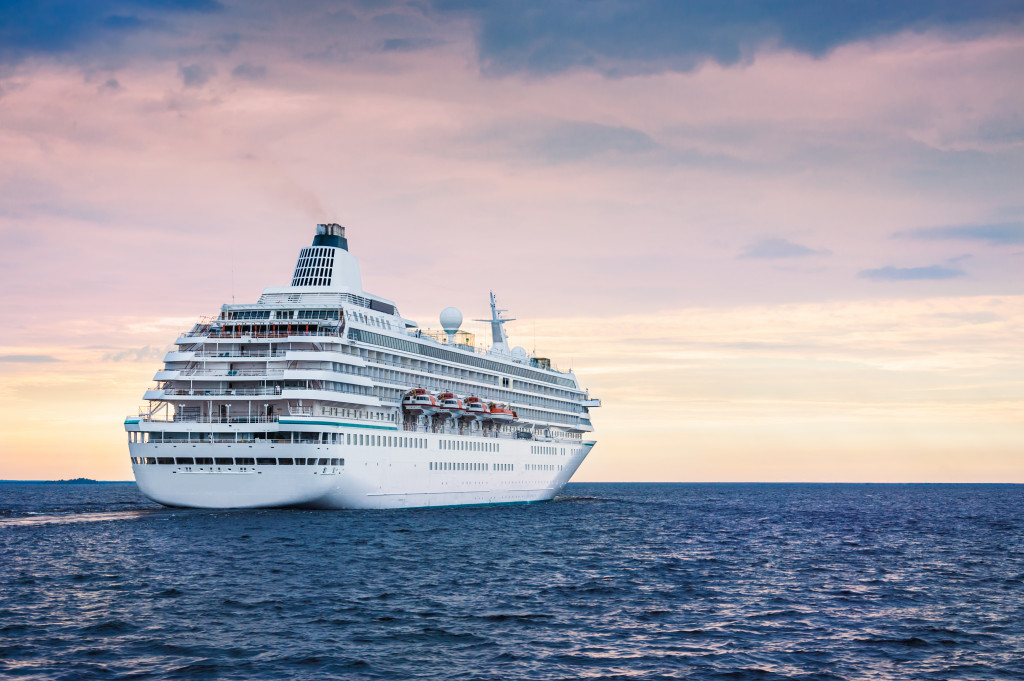For many years, the cruise industry enjoyed so much success, even generating a total of $55.5 billion in 2019—and this was in the United States alone. Then the pandemic hit, and it caused the anchoring of an estimated 400 cruise liners across the globe, with older models having been scrapped or sold off.
To say that the cruise industry took a major hit during the pandemic is an understatement, but just like every other industry in the world, it is working hard to bounce back, slowly but surely. Here are some steps industry professionals are taking to rebuild the industry brick by brick.
Health and hygiene concepts
Many cruise liners rely on their implementation of health and safety protocols to get people on board their ships. These cruise liners understand that consumers are much more likely to go back into the ship or a hotel if they know that the staff members are taking every health and safety precaution necessary to curb infections, and that is why many liners are now implementing the following:
- Anyone who wants and needs to board the liner must be tested beforehand, and their results must come out negative.
- Stringent hygiene protocols for everyone involved, which means masks are a must for staff and passengers alike, social distancing is to be observed at all times, and frequent hand-washing is also encouraged, with the liner peppered with hand sanitizers.
With all these health and safety protocols in place, cruise industry experts hope that more people would feel secure enough to come on board.
Maintenance and repairs
Cruise liners are also enlisting the help of yacht repair services to ensure that their boats and ships are in tip-top shape before they go back into the water. Since many of these yachts and ships were out of commission for most of 2020 and the first half of 2021, inspection, care, maintenance, and repair are needed to ensure that cruise liners’ investments in this automotive transportation do not stagnate or, worse, decrease.
Vaccine reliance
We are halfway through to 2021, and the cruise industry is waiting with bated breath to see how vaccines will push people to be more confident about the idea of going on a cruise. McKinsey & Company predicts that there will be a travel boom this year, especially as vaccinations continue to climb in number and caseloads get more manageable.
The study also found that travel is the second activity that U.S. Americans most desire after dining out. If the Delta variant does not put a damper on these plans, a golden age in travel may be underway—and the cruise industry is also hoping to benefit from this surge.

“Cruises to nowhere”
One strategy that liners employed in the past few months is the concept of “cruises to nowhere” or not letting passengers disembark unless local authorities allow it. However, the one rule that remains is that the group is to remain together at all times, and those who leave the group without permission from the staff will not be allowed to re-embark the ship.
Data from July shows that the strategy works. In a study of more than 50 cruises, more than 50,000 passengers showed that it’s still possible to have safe cruises even during the pandemic. Apart from a few isolated incidents, the experiment proved to be successful.
Cruise operators, however, accept that this is not a sustainable strategy because, for many cruise enthusiasts, the whole point of sea travel is that they have a specific destination in mind. These cruises to nowhere limit the passengers’ freedoms so much that not many people would willingly go on them. It was a great way to restart the industry but not a smart way to maintain it.
Tech tools
Unbeknownst to many, ships have impressive digital tracking abilities, which means staff members have the capacity to track movement should there be an outbreak. The trace and track capacities are so impressive that epidemiologists on land would love to get their hands on it.
Another tech tool that they are leveraging now is contactless technology, which provides passengers with a state-of-the-art wristband that allows them to do transactions without contacting others. The wristband also facilitates proximity and contact tracing.
With these strategies and tools in place, it’s not impossible for the cruise industry to bounce back even while the pandemic continues. It’s only a matter of pivoting well to demands, prioritizing health and safety, and listening to consumer demand. Cruise liners may not just survive this crisis but see a boom once again when all this is over.

